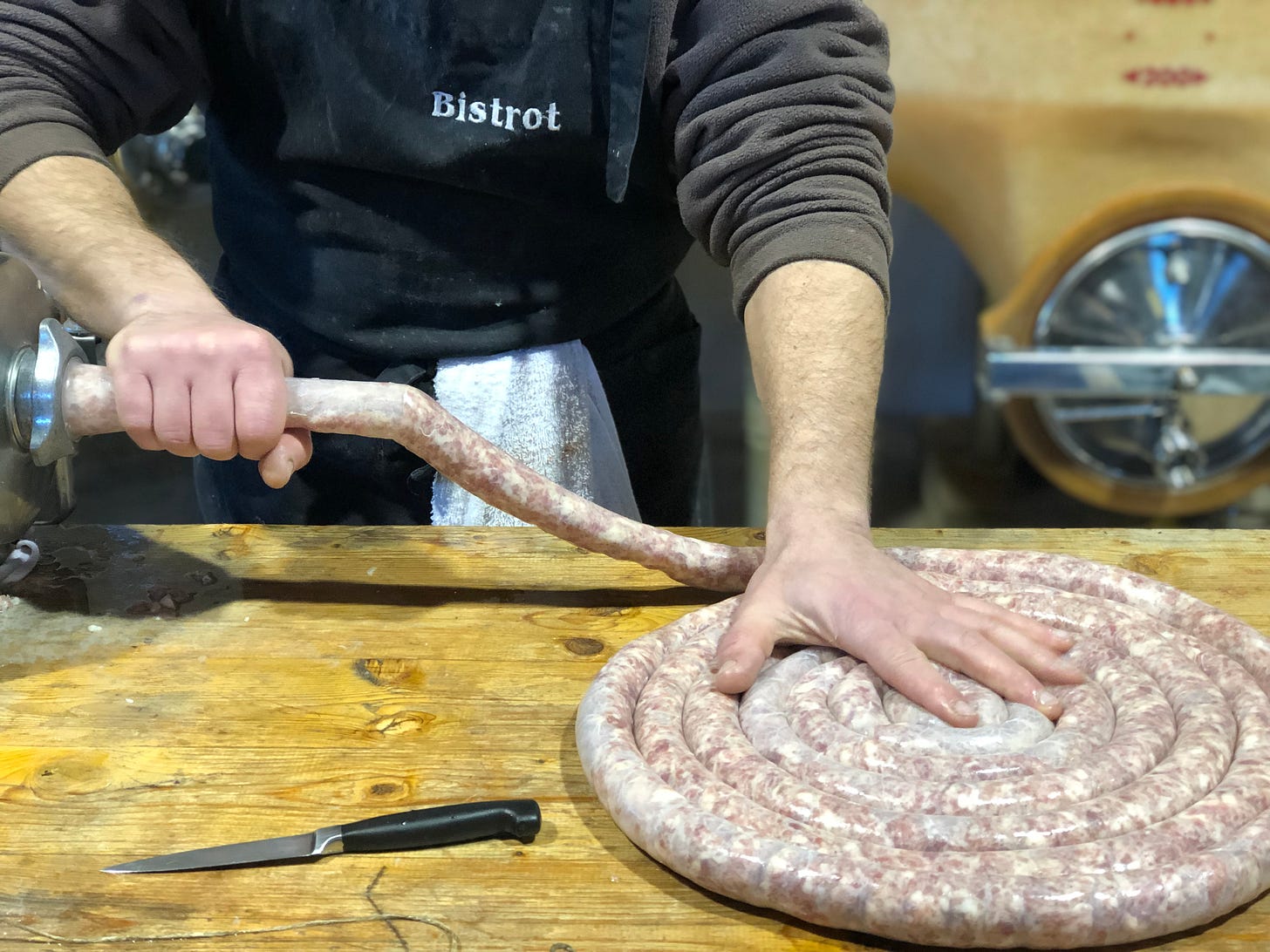What winemakers do in winter

The Ardèche isn’t just about saving dish water for the garden and sleeping out the heat. There’s also the time of year you butcher the pigs that keep the vendangers fed during harvest. Namely January.
Casse-croûte was at 10, the breaking and dipping of bread into last year’s bacon, boudin and dark-ochre eggs still crackling in a globe-sized paella pan st…
Keep reading with a 7-day free trial
Subscribe to The Morning Claret to keep reading this post and get 7 days of free access to the full post archives.



